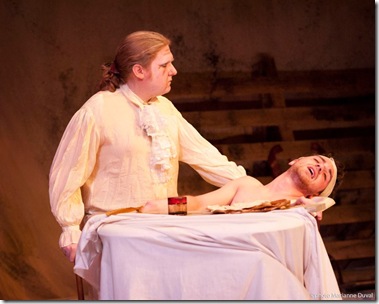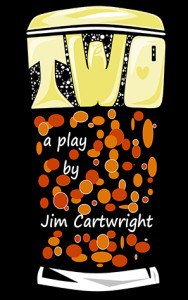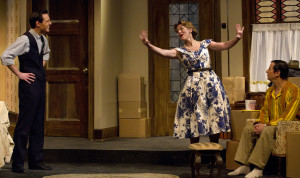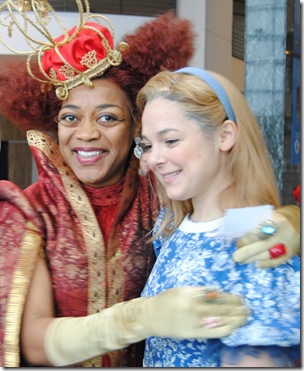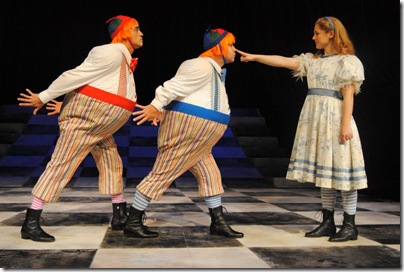Young Frankenstein: Silly, smutty script, slick production
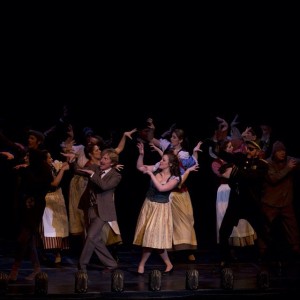
Production trumps content over and over again in the Orpheus Musical Theatre Society production of Young Frankenstein, the crude parody of the horror genre and the 19th century novel by Mary Shelley.
As quoted in the Orpheus program, Mel Brooks, the primary creator of the script, music and lyrics, says, “Good taste is the enemy of comedy.” His kind of comedy, perhaps, but amusement does not have to be drawn from bathroom humour and gags that take so long to set up that there is time to be bored or disgusted before they are milked dry. Brooks may have demonstrated his talent to amuse more effectively in The Producers — though even here he frequently teetered on the brink of bad taste and periodically toppled over — but Young Frankenstein does not hold a candle to the earlier show. It just makes me long for the wit of Noel Coward over the lumbering attempt at making a monster out of this molehill of silly smut.
However, distasteful as the material is, presumably Orpheus chose to present the 2007 musical in an attempt to attract new audience members. If that was achieved, it should also be noted that there were several walkouts at intermission on opening night. …
